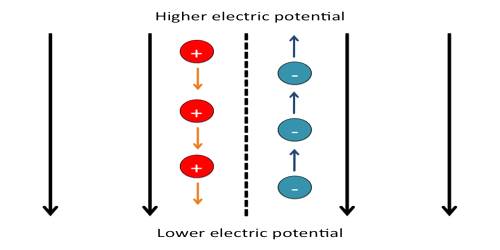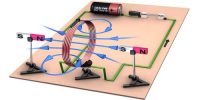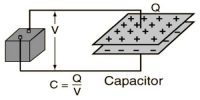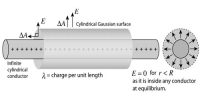Point Measurement of Electric Potential
Definition: The amount of work done in bringing a unit positive charge from infinity to a point in an electric field is called electric potential at that point. It is denoted by V.
If W is the work done in bringing a positive charge q from infinity to a point in an electric field, the potential at that point, according to definition, is,
Work = Potential x charge, i. e., W = V x q
or, V = W/q = Work/Charge … … … … (1)
Since W and q in equation (1) are scalar quantities, so V is also a scalar quantity. But potential V has a sign. The potential at a point can be positive or negative. If the electric field is due to positive charge, i.e., if the field is positive, then in order to bring a unit positive from infinity work is to be done against the repulsive force of the similar charges. So potential due to a positive charge is positive. But, if the field is due to negative charge, then no work is to be done by external force to bring a unit positive charge from infinity. The attractive force will act on this positive and negative charges. So, potential due to a negative charge is negative.
Unit: In S. I. method, the unit of energy is Joule and the unit of charge is Coulomb.
So, the unit of electric potential,
V = Joule / Coulomb
[Joule / Coulomb] unit of electric potential is called volt.
1 volt potential: If 1 Joule of work is done in bringing 1 Coulomb of positive charge from infinity to a point in the electric field then the potential at that point is called 1 volt.
















